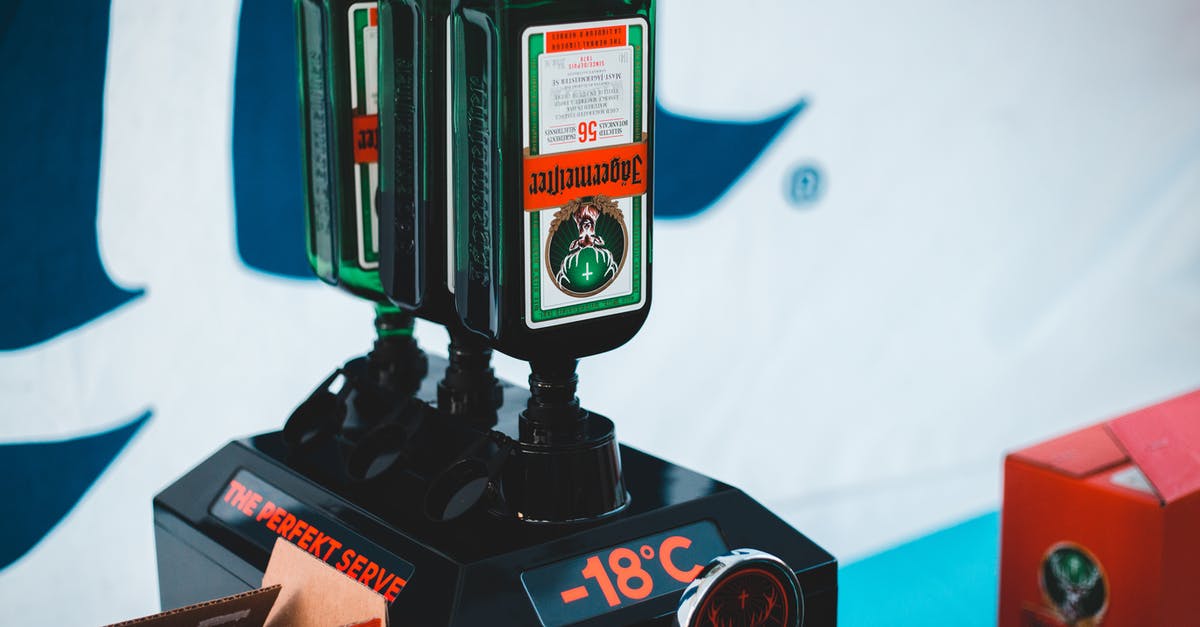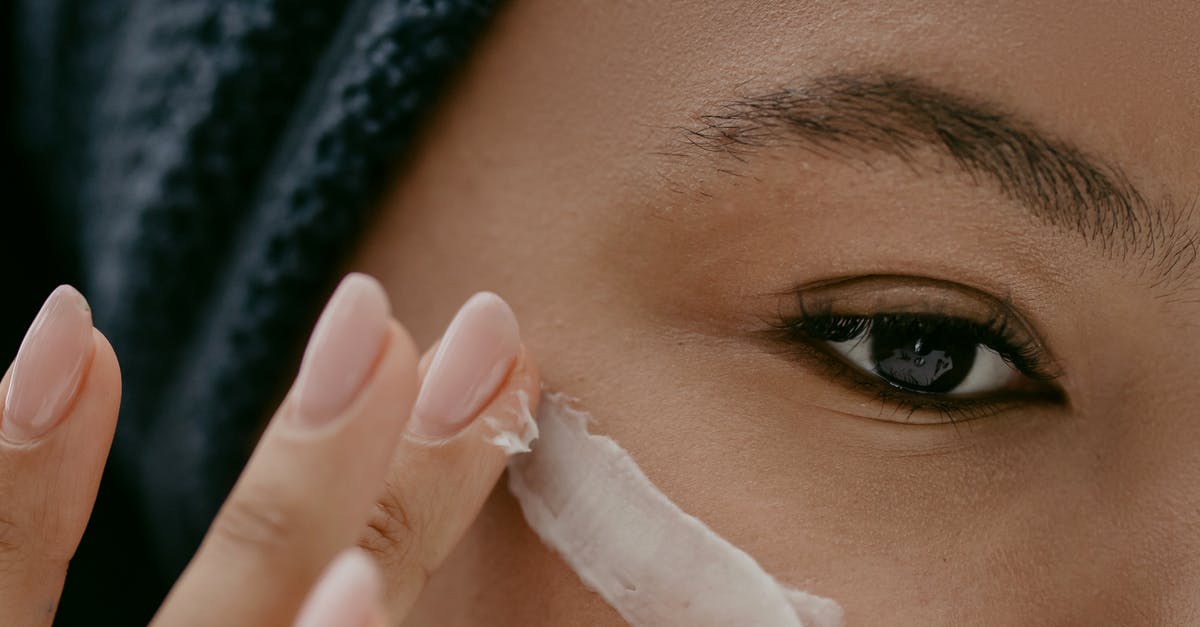UHT cream storage - temperature extremes

I buy canned Anchor brand butter, which is sent by road unrefrigerated where afternoon temperatures are around 29C, sometimes higher. On one occasion I received a can that had melted and was no longer usable as butter (though fine for ghee or whatever). I understand butter melts around 32C.
The local supermarkets, which I guess are air conditioned to around 22C sell unrefrigerated canned butter, and refrigerated UHT cream.
According to Anchor
https://www.anchorfoodprofessionals.com/us/en/products/cream/anchor-chefs-heavy-cream.html
For best results:
- The product can either be stored ambient between 68°F and 77° or refrigerated between 36°F and 39°F.
- Keep out of direct sunlight.
- Rotate the stock regularly.
- Anchor™ Chef’s Heavy Cream has a 9-month shelf life.
- For optimal results, once stored in either refrigeration or ambient the product is to remain in that environment pre- and post usage.
That's 25C, which is definitely cooler than I'd expect to receive good sent by road, which might be 28-29C. That's for the US.
For SE Asia however
the carton seems to say
keep refrigerated
whereas the website says
- Store unopened packs out of direct sunlight. Once opened, keep chilled at 2°C to 4°C and serve within 3 days. Check and rotate stock regularly.
- Anchor UHT Whipping Cream is stored at 2°C to 4°C after manufacture and during international transport.
which kinda suggests it doesn't need to be refrigerated.
Some references say that UHT cream should be refrigerated for 24 hours before usage, which is fine. The question is at what ambient temperature will the product be permanently damaged? Most sellers seem slightly happier about sending canned butter than UHT cream, but I'm not sure if that is anything fundamental about the product, in that it would make more sense to have a lower melting point about butter, which is solid, compared to cream, which is already liquid
Best Answer
I couldn't find any recent scientific literature on UHT cream, but I did find a bit on UHT milk. And at least what's said about milk indicates that it should be fine being stored up to 37C. This study says that shelf life is shortened above 30C, but that "shortened" still means 4-5 months. And this one(pdf), from Sudan, found that a "room temperature" of 33C for UHT milk didn't hurt quality at all within 90 days.
However, that's milk. What do we know about cream?
This old study suggests that UHT Cream has a significantly shorter shelf life than UHT Milk, and that it's a lot more affected by temperature. In that study, you can see that flavor declines a lot faster at 18C than at 4C, and that separation of the cream happens at 18C in as little as 4 weeks. While there's no data on storage at 30C, one would expect it to separate even sooner, maybe in as little as a week. If you can get access to the Journal of Dairy Science, they may have more updated articles on UHT Cream shelf life.
Pictures about "UHT cream storage - temperature extremes"



What temperature should UHT milk be stored at?
UHT milk stored at 4 and 20 \xb0C had the longest shelf-life of 34-36 weeks, limited by sediment formation. Storage at 30 and 37 \xb0C considerably decreased the shelf-life of UHT milk to 16-20 weeks, whereby changes in sediment formation, taste and colour were the limiting factors.Does UHT cream need to be refrigerated?
Our answer UHT (sometimes known as ultra-pasteurized) cream is often popular as it has it has a longer shelf life than regular pasteurized cream and also in some cases does not need refrigerating (storage should be clearly marked on the packaging but if in doubt refrigerate the cream).What temperature does heavy cream go bad?
Heavy cream is a perishable dairy product and will spoil if left at room temperature for two or more hours. Your heavy cream will spoil in one hour in temperatures exceeding 90 degrees. This is true for open or unopened containers of heavy cream.How do you store UHT whipping cream?
Store unopened packs out of direct sunlight....UHT cream storage - temperature extremesUltra High Temperature (UHT) Treatment l Food Preservation Methods - Lesson 6 l Food Processing
Sources: Stack Exchange - This article follows the attribution requirements of Stack Exchange and is licensed under CC BY-SA 3.0.
Images: Karolina Grabowska, Erik Mclean, cottonbro, Kindel Media

